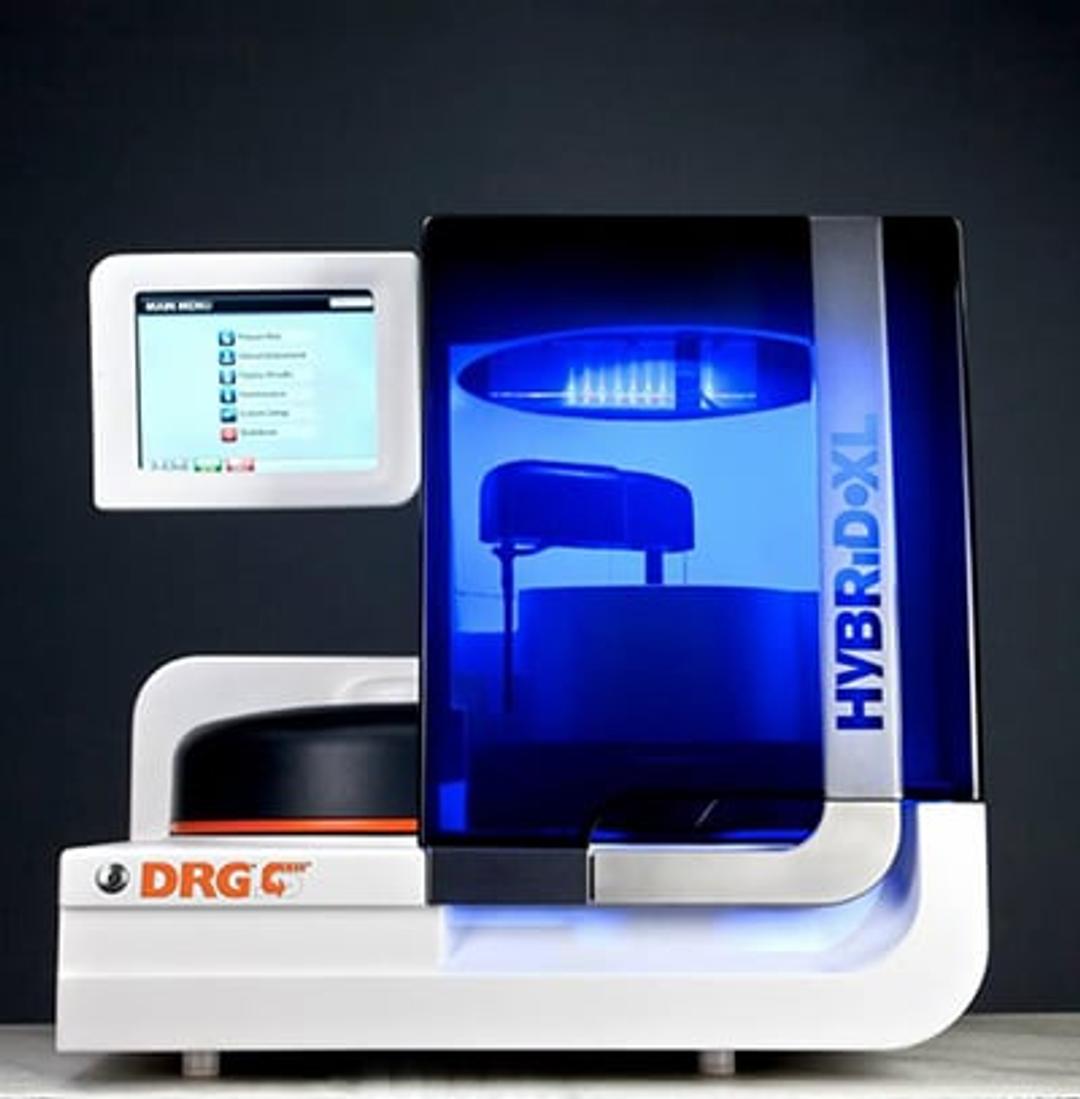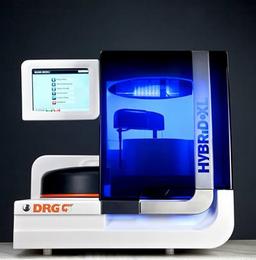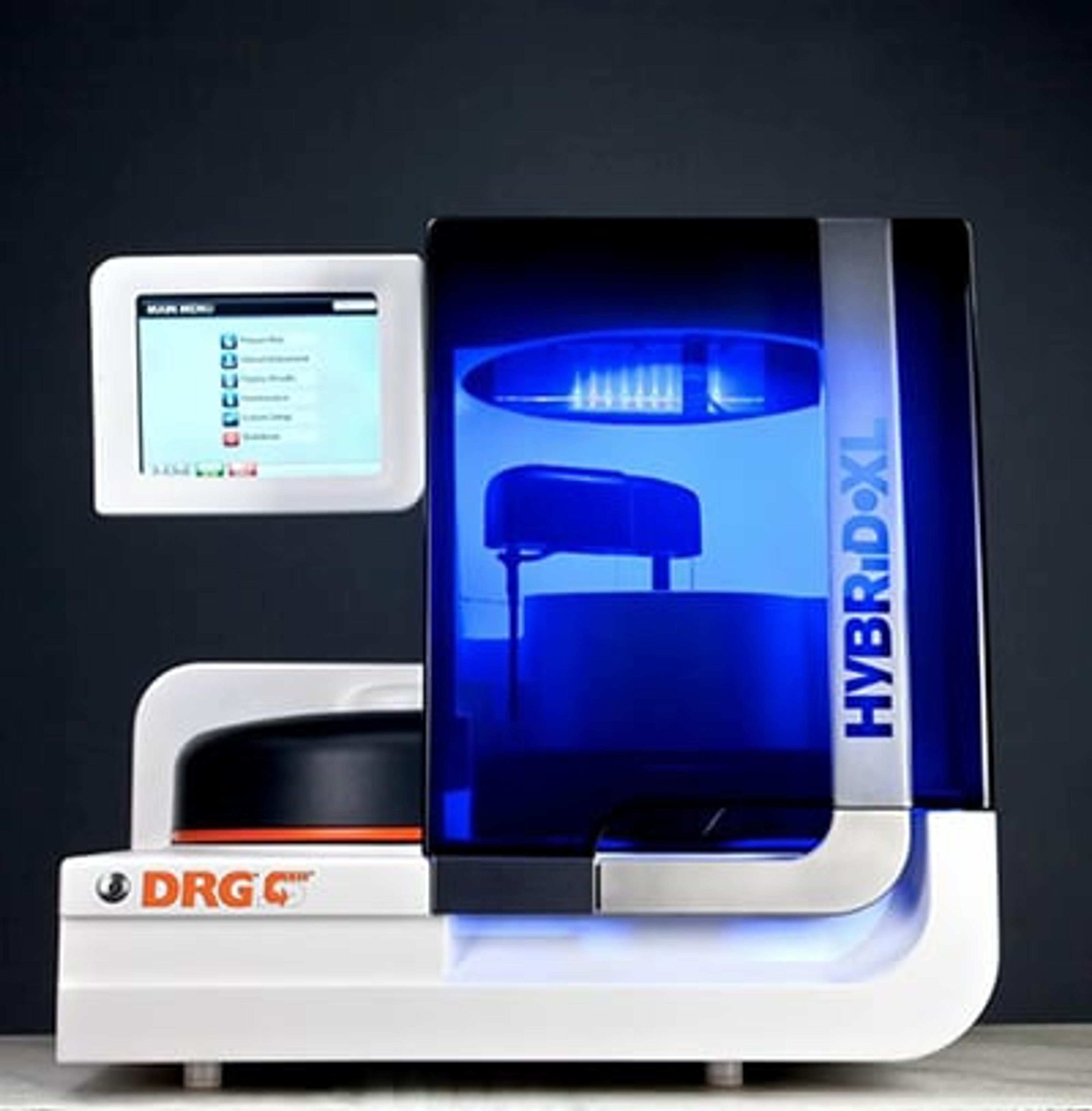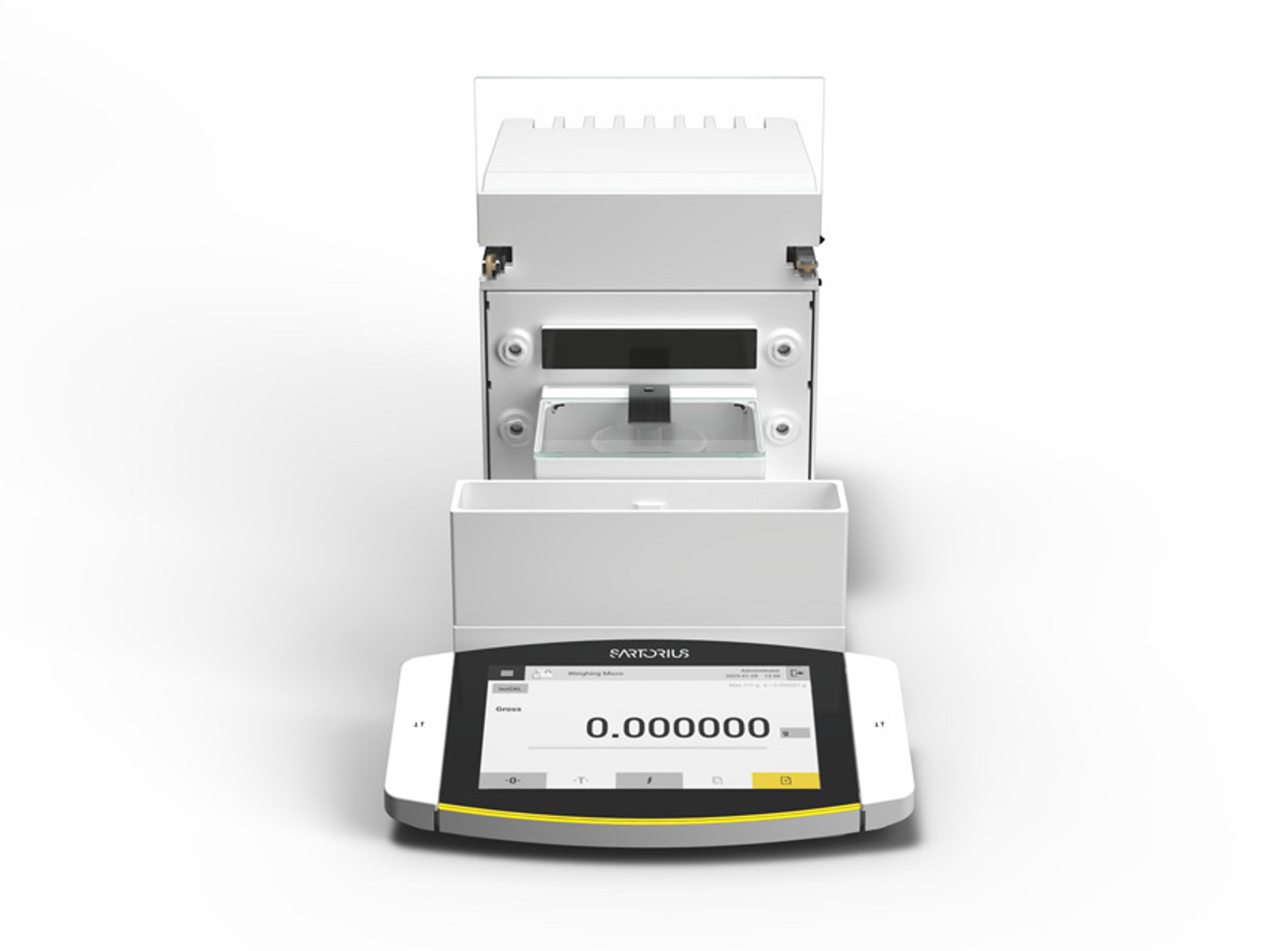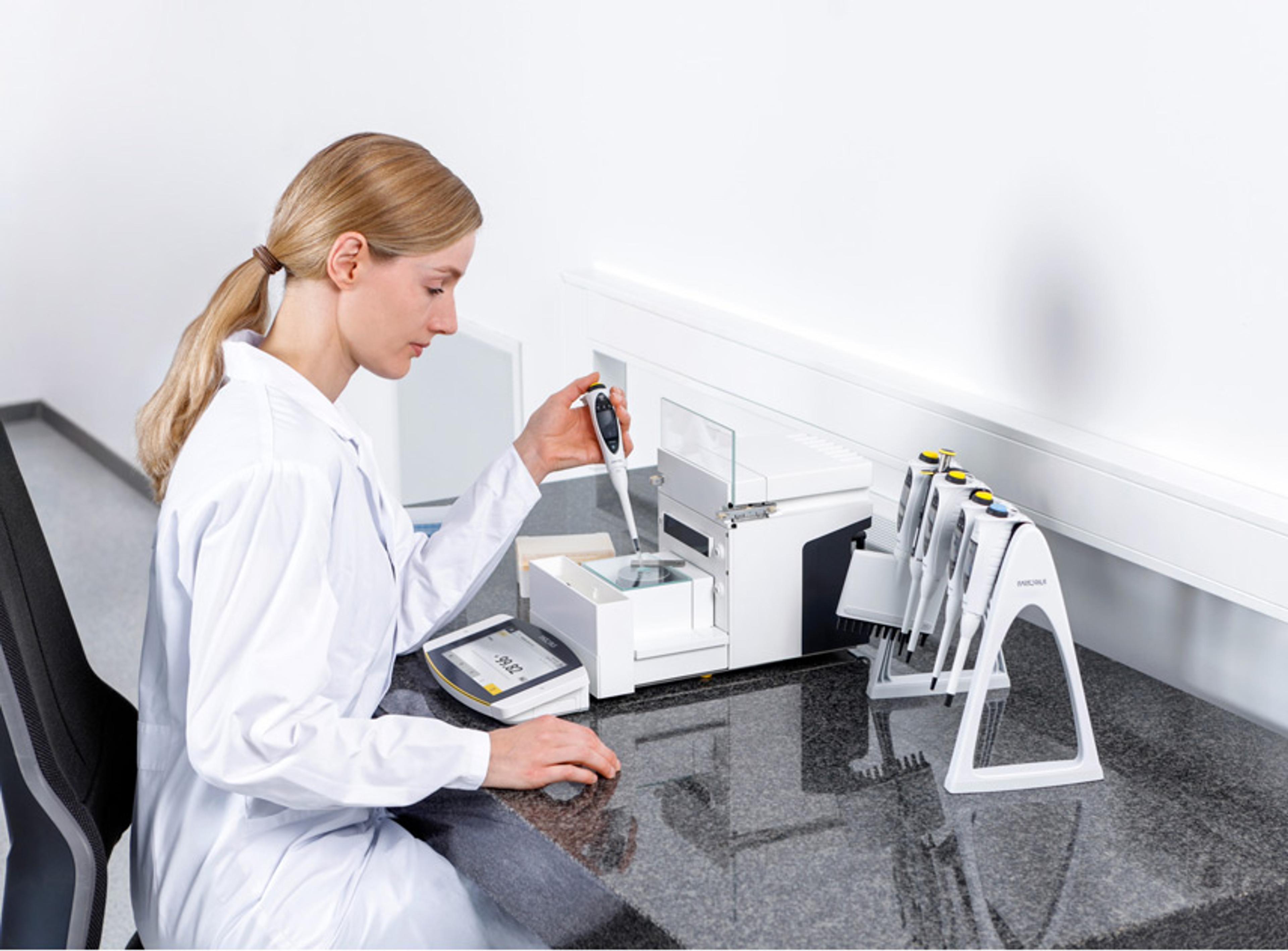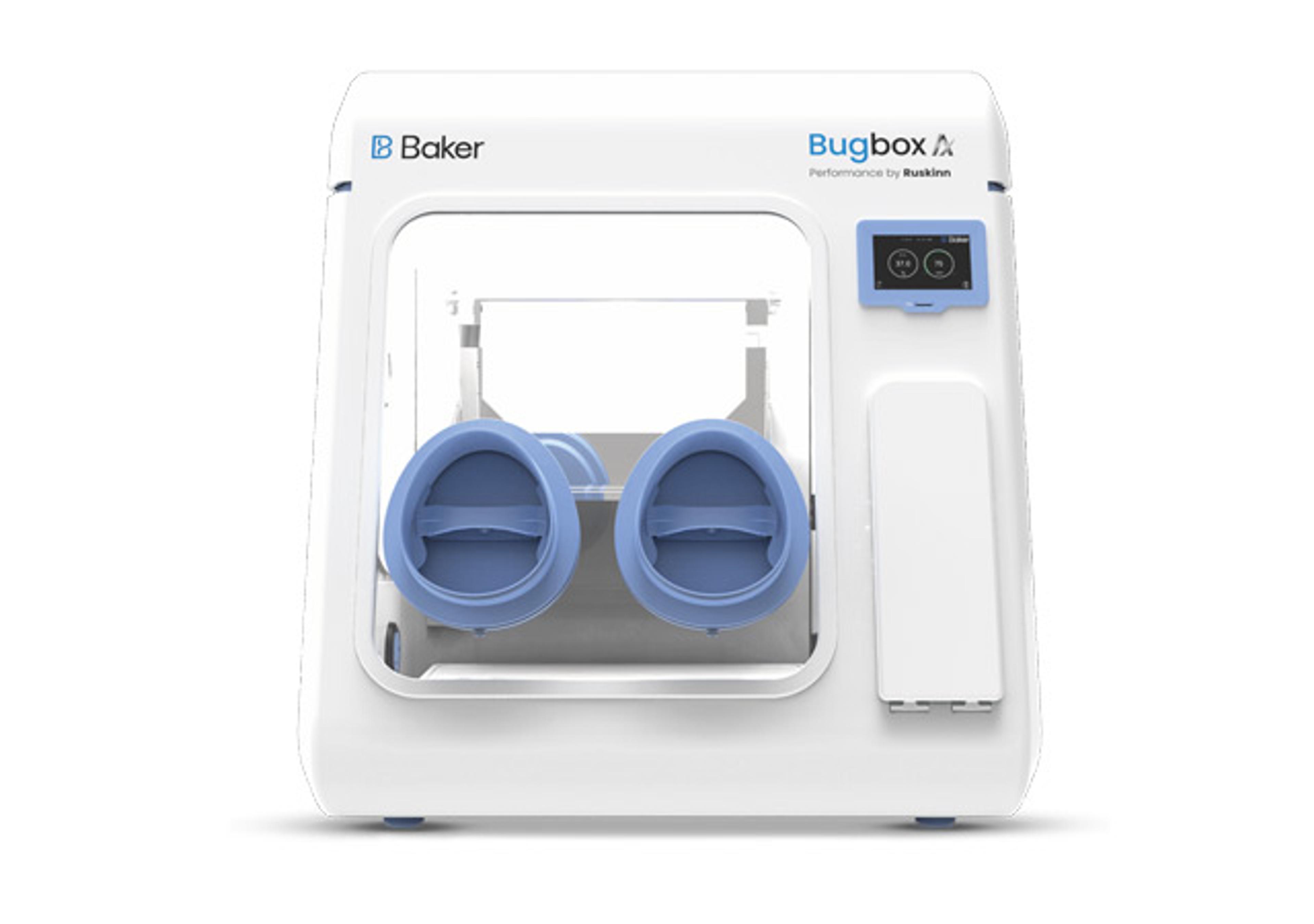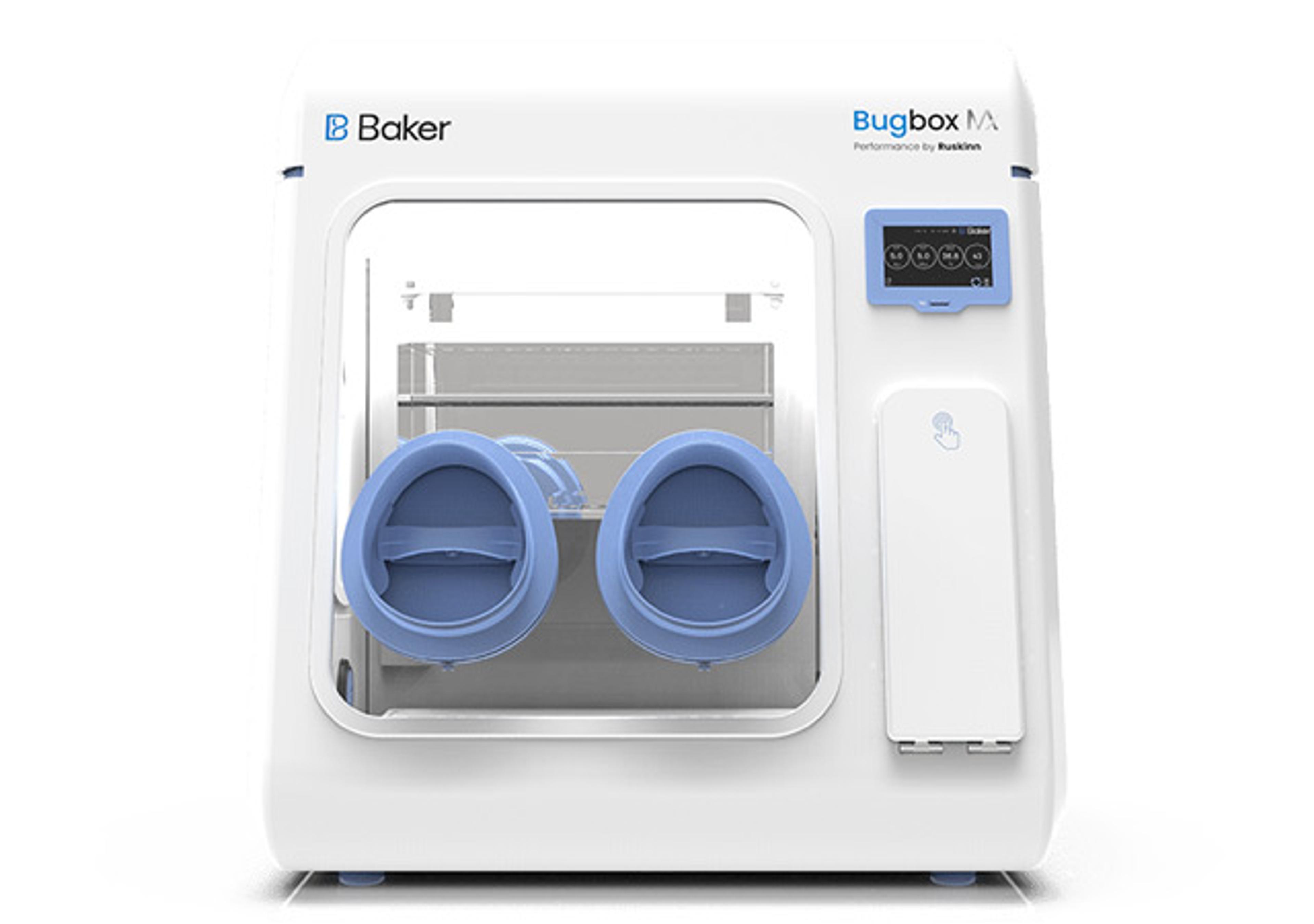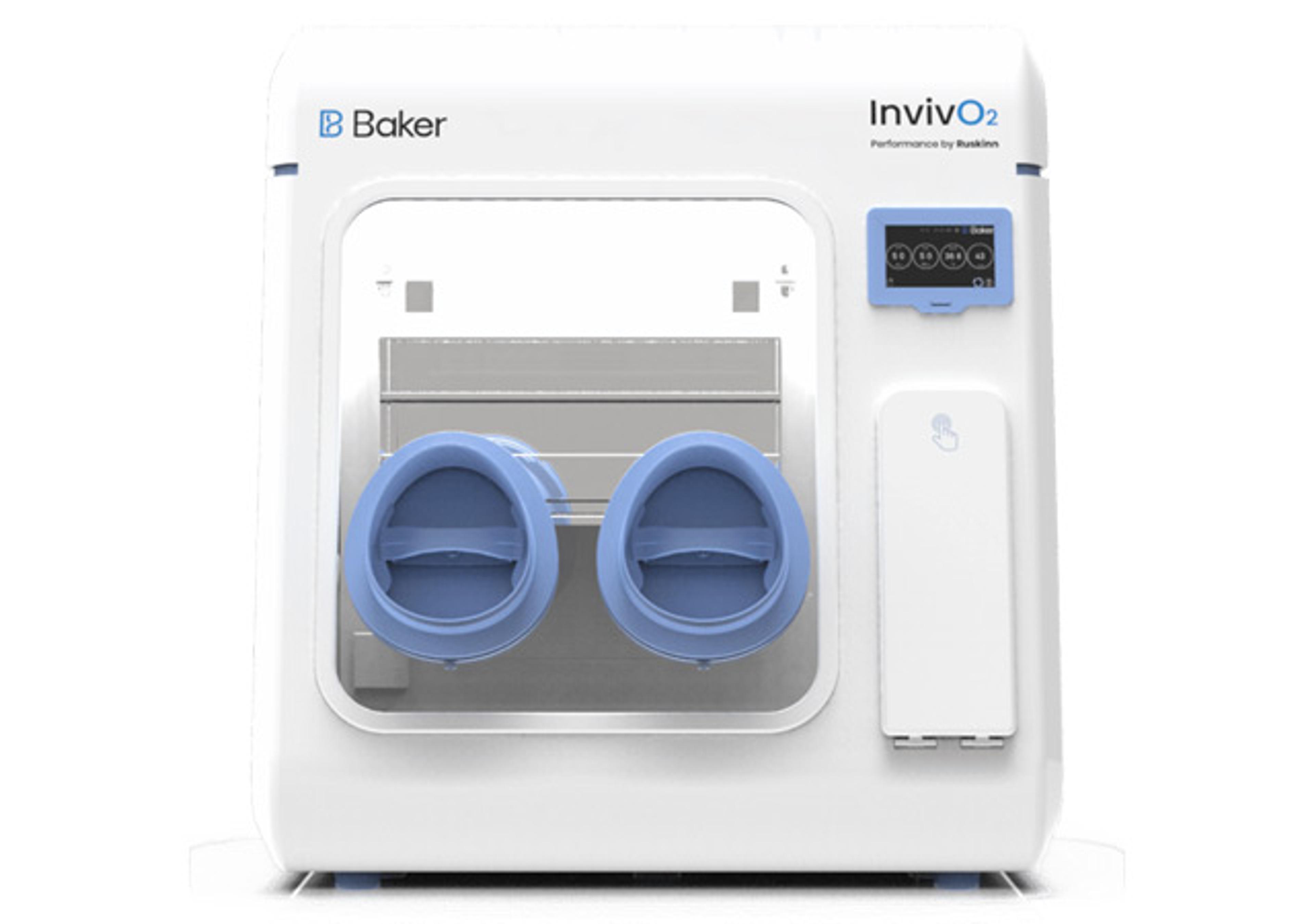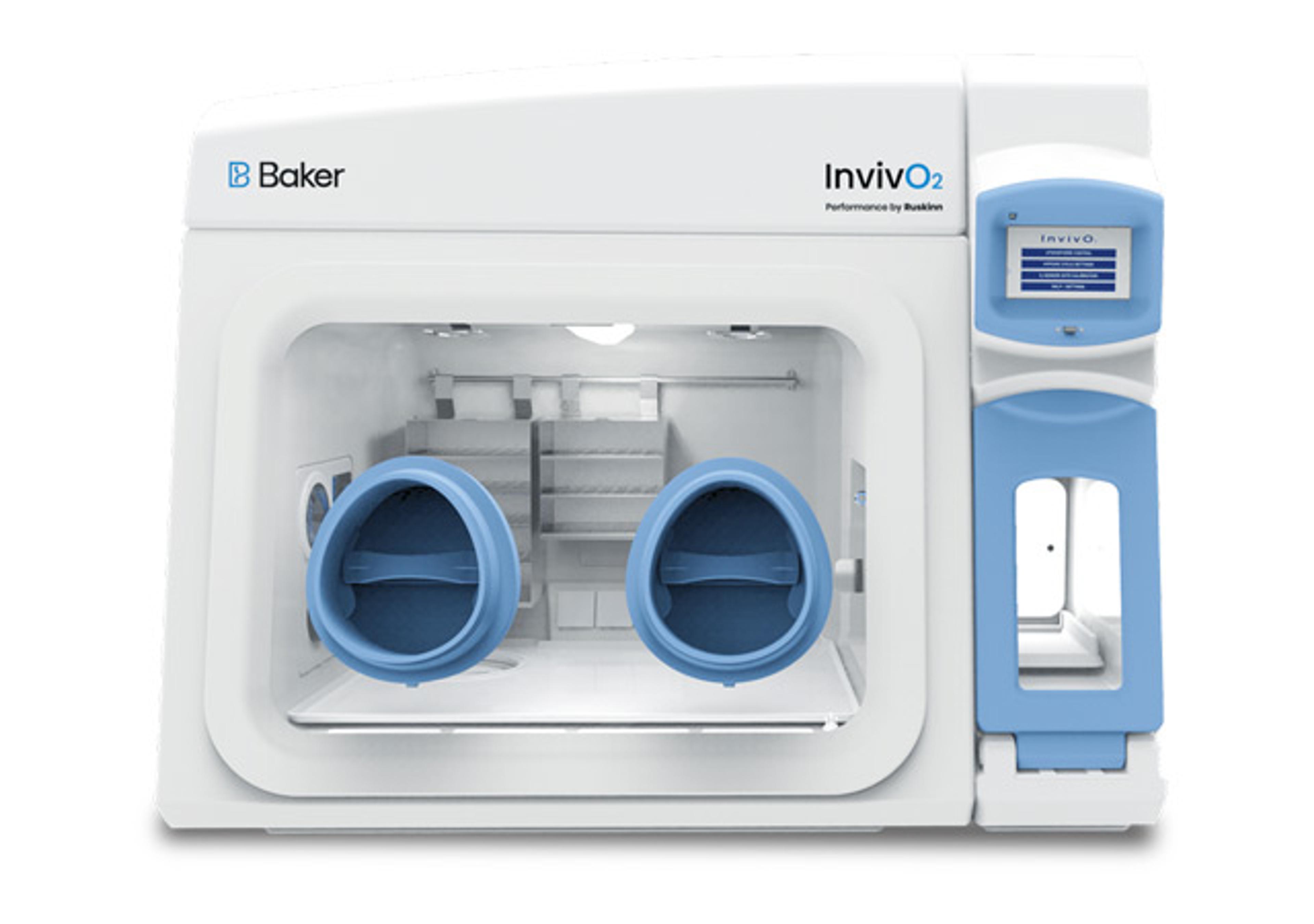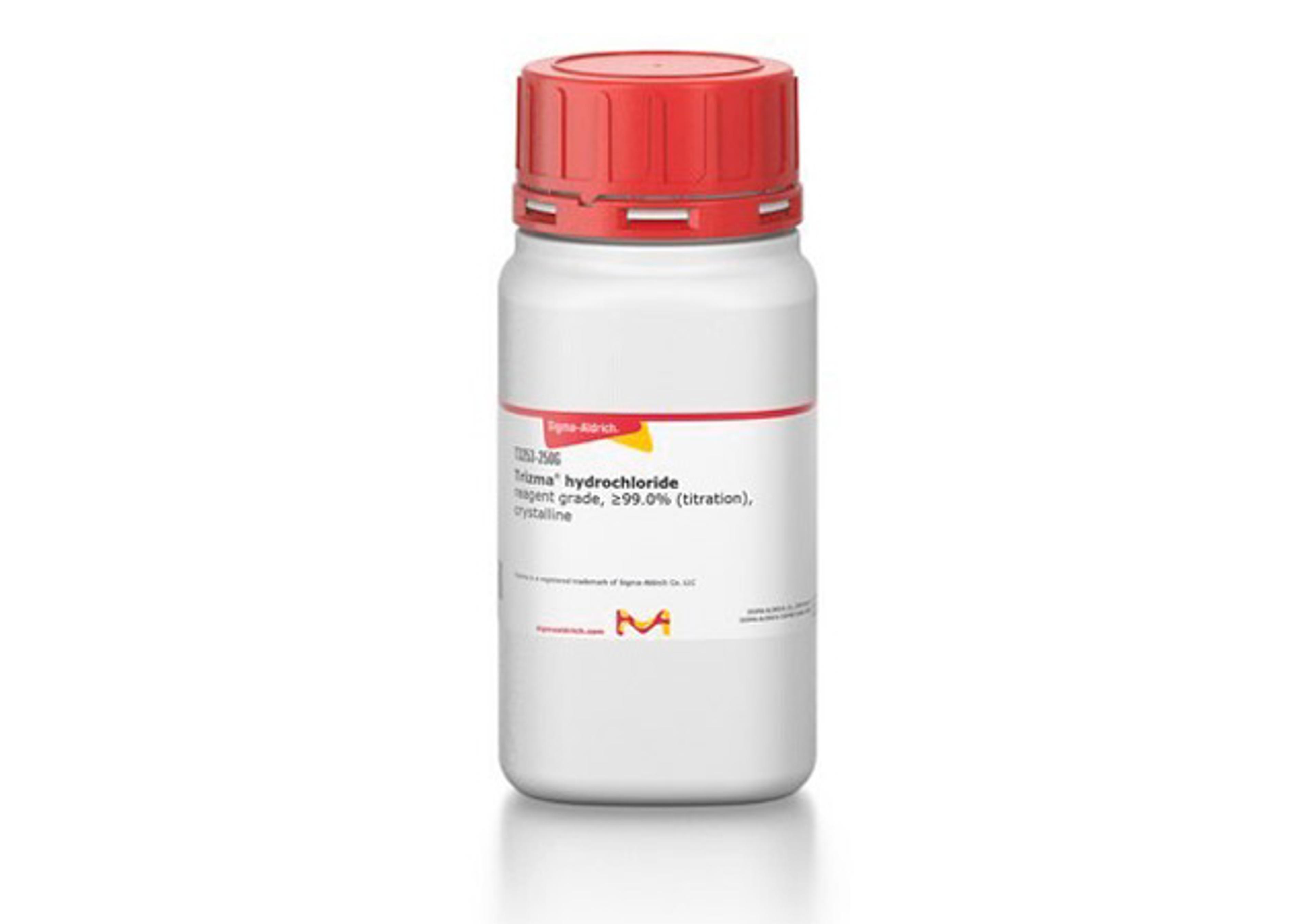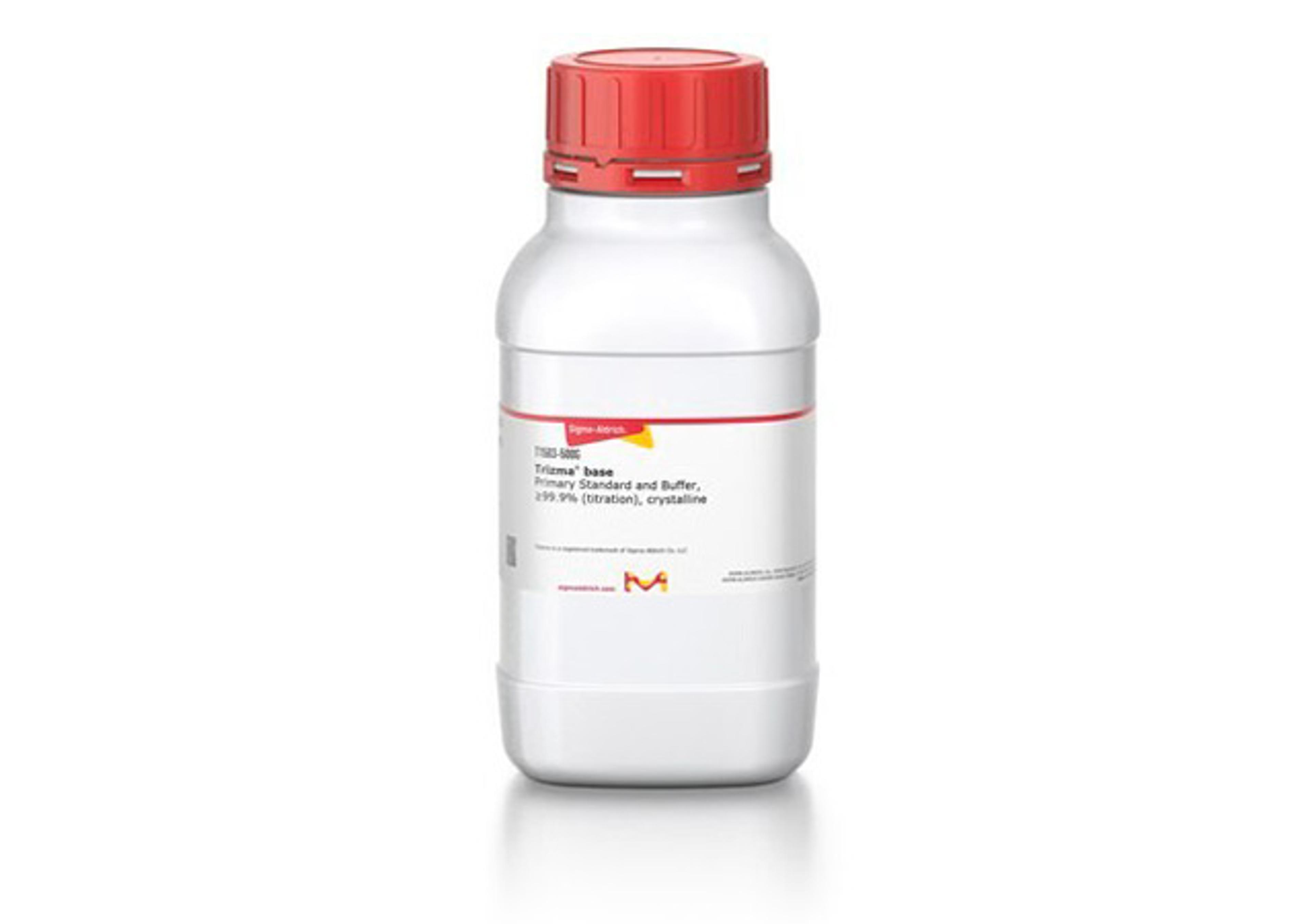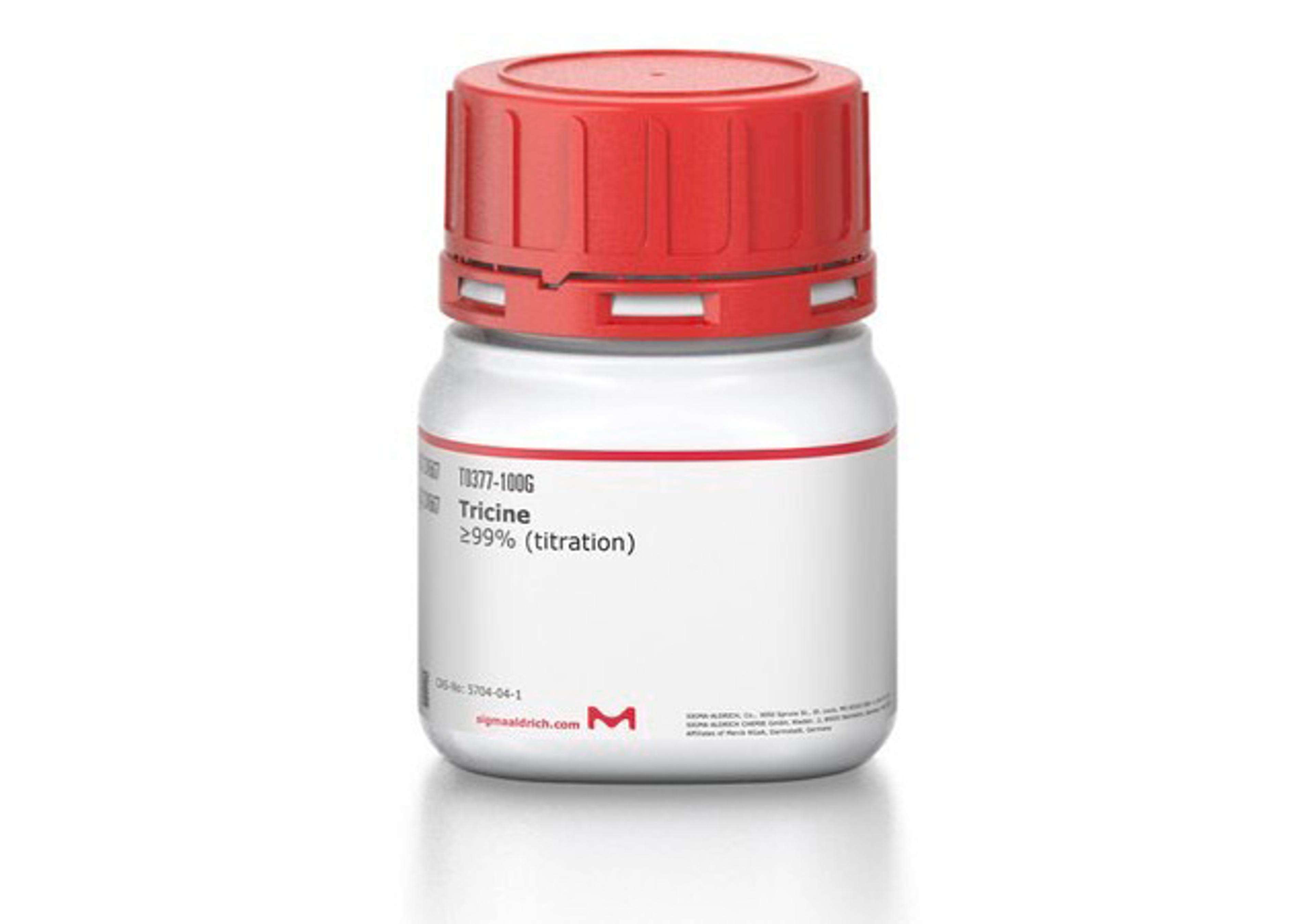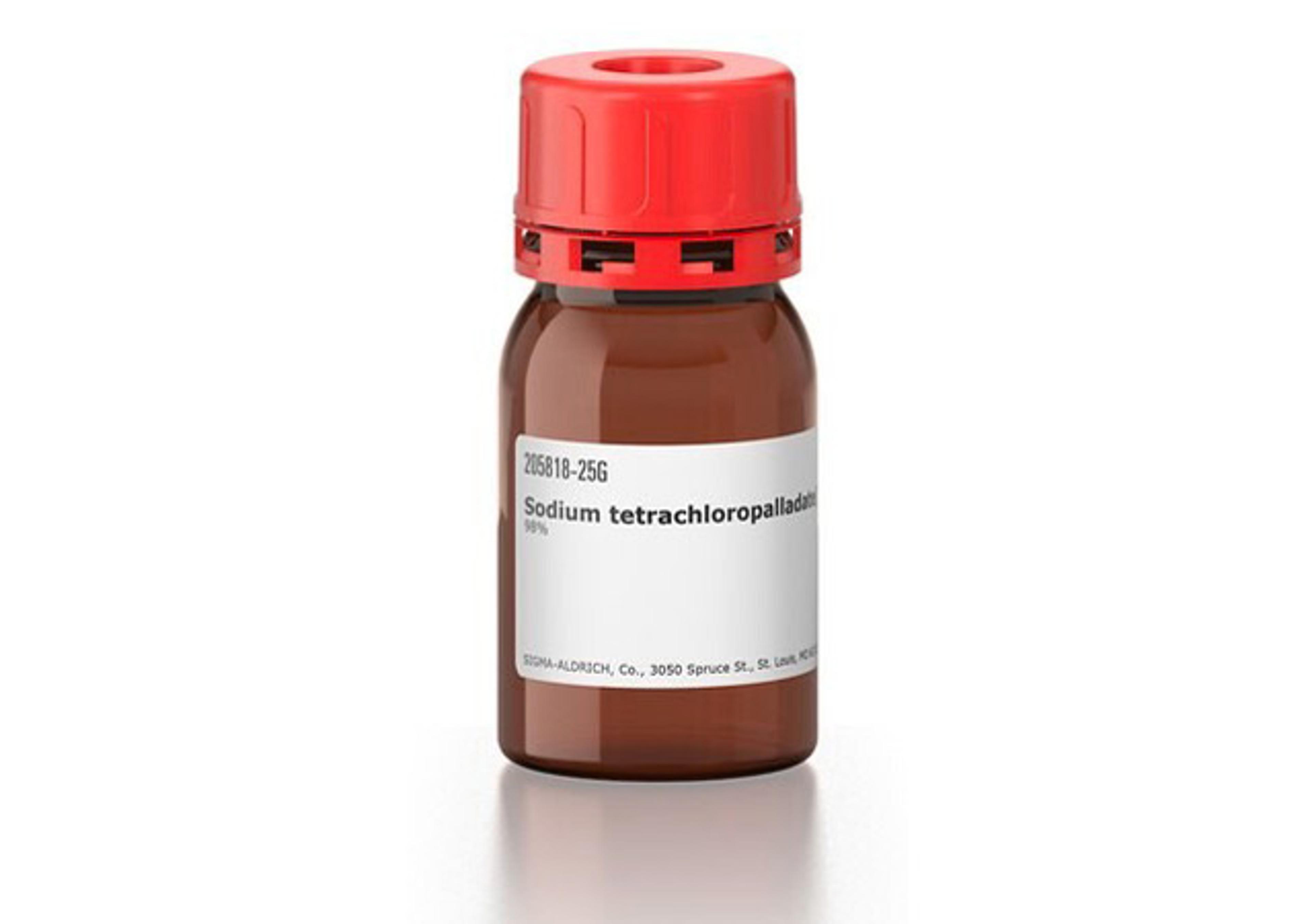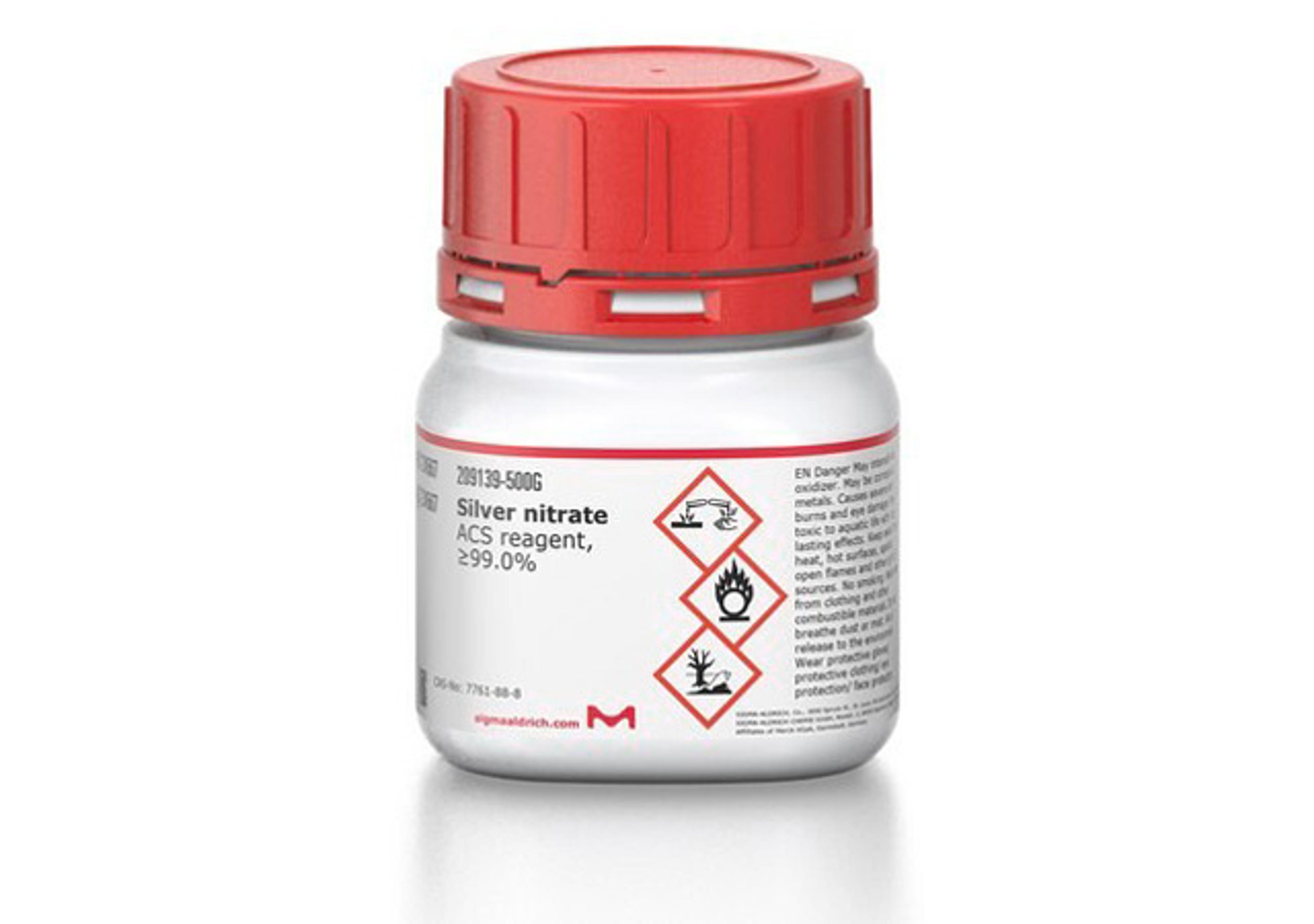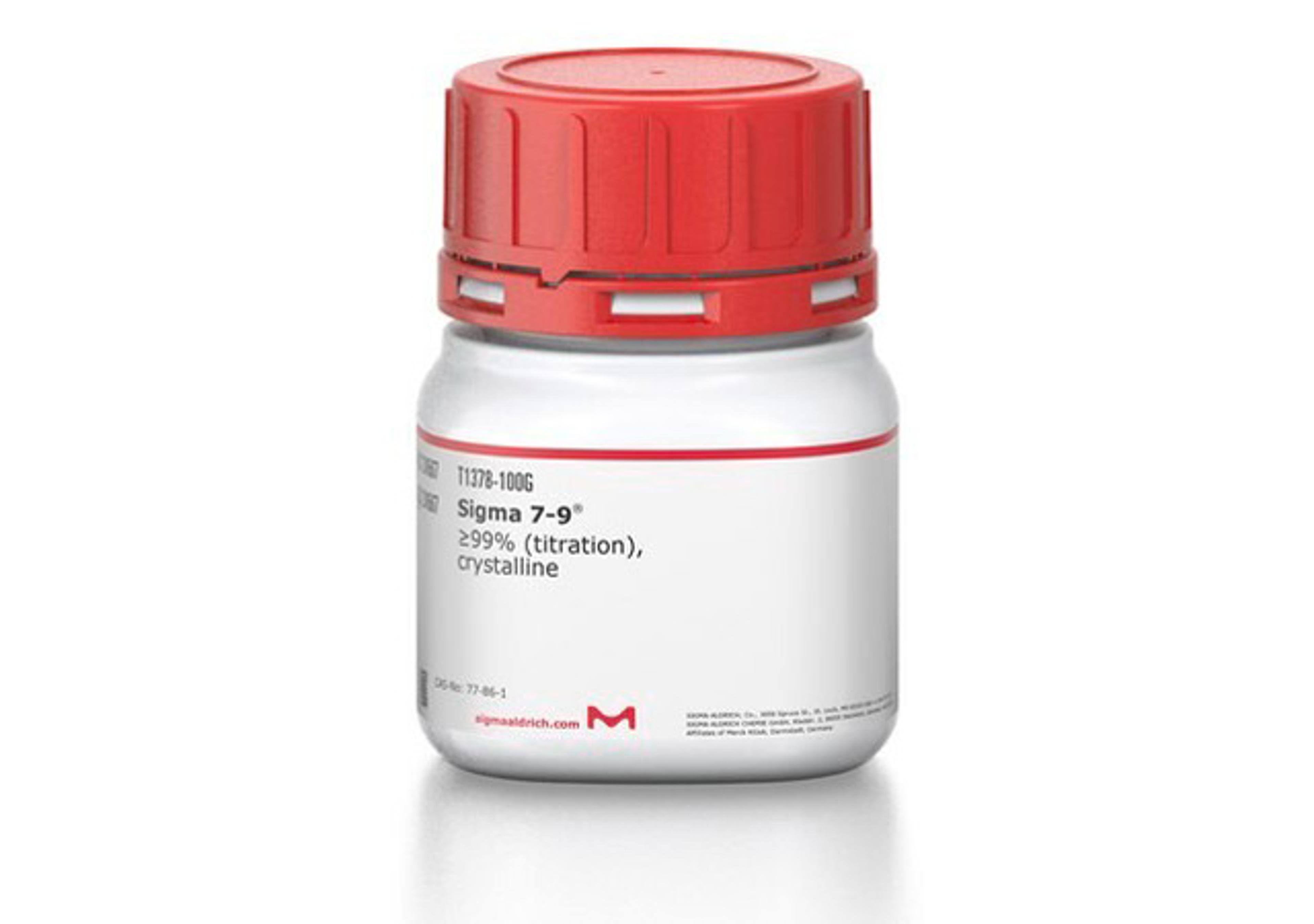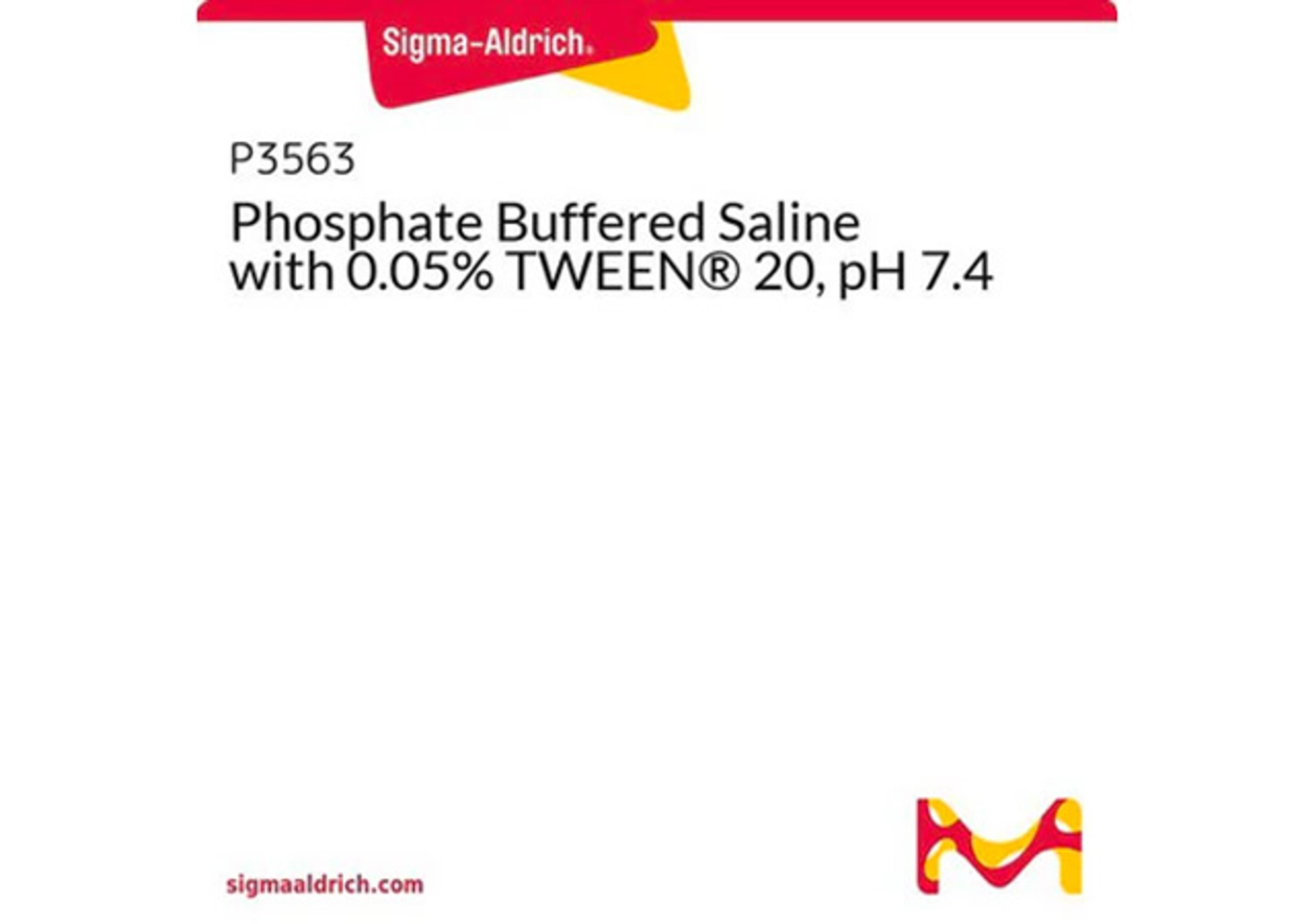Androstenedione
High Quality Assays with Reproducible and Reliable Results

The supplier does not provide quotations for this product through SelectScience. You can search for similar products in our Product Directory.
The DRG:HYBRiD-XL Androstenedione is an enzyme immunoassay for the quantitative in vitro diagnostic measurement of androstenedione in serum.Only for use with the DRG:HYBRiD-XL Analyzer.Androstenedione (also known as 4-androstenedione and 17-ketoestosterone) is a 19-carbon steroid hormone produced in the adrenal glands and the gonads as an intermediate step in the biochemical pathway that produces the androgen testosterone and the estrogens estrone and estradiol. In males, androgens are secreted primarily by the Leydig cells of the testes, and to some degree also in the adrenal cortex. In females, the androgens are secreted mainly in the adrenal glands and in the ovary (1). Around 10% of the androgens are derived from peripheral conversion, mainly of DHEA. Androstenedione and testosterone show high diurnal variability (2). The highest levels are measured in the morning. At the age of puberty serum androstenedione concentration increases and decreases again after menopause. High androstenedione levels are measured during pregnancy (3). In women, androstenedione concentration is increased in hirsutism, polycystic ovaries, androgenital syndrome, central Cushing syndrome, androgen producing tumors of the adrenal gland, and congenital adrenal gland hyperplasia (4-7). Significant lower androstenedione levels are found in postmenopausal osteoporosis, insufficiency of the ovary or the adrenal gland or under therapy with corticosteroids and Clomifene (8,9).The DRG:HYBRiD-XL Androstenedione Kit is a solid phase enzyme-linked immunosorbent assay (ELISA) based on the principle of competitive binding. The antibody coated wells (ACW) of the reagent cartridges are coated with a polyclonal [rabbit] antibody directed towards a unique antigenic site of the androstenedione molecule. Endogenous androstenedione of a patient sample competes with a androstenedione-horseradish peroxidase conjugate for binding to the coated antibody. After incubation the unbound conjugate is washed off. The amount of bound peroxidase conjugate is inversely proportional to the concentration of androstenedione in the sample. Having added the substrate solution, the intensity of colour developed is inversely proportional to the concentration of androstenedione in the patient sample.

